Bike Spring Clean – Where to apply Lubrication on Your Bike
YAY, Spring is a comin’ and it’s time to get those bikes dusted off!
It’s worth remembering that the performance of your bike is entirely dependent on the care that it receives from you, such as cleaning, maintenance and above all proper lubrication.
So, when you pull your bike out from amongst the cobwebs remember that it needs some attention before you jump on and ride into the sunset.
The purpose of lubrication is to enhance the efficiency of your bike and to keep the moving parts from excessive wear and tear which is the resultant of friction.
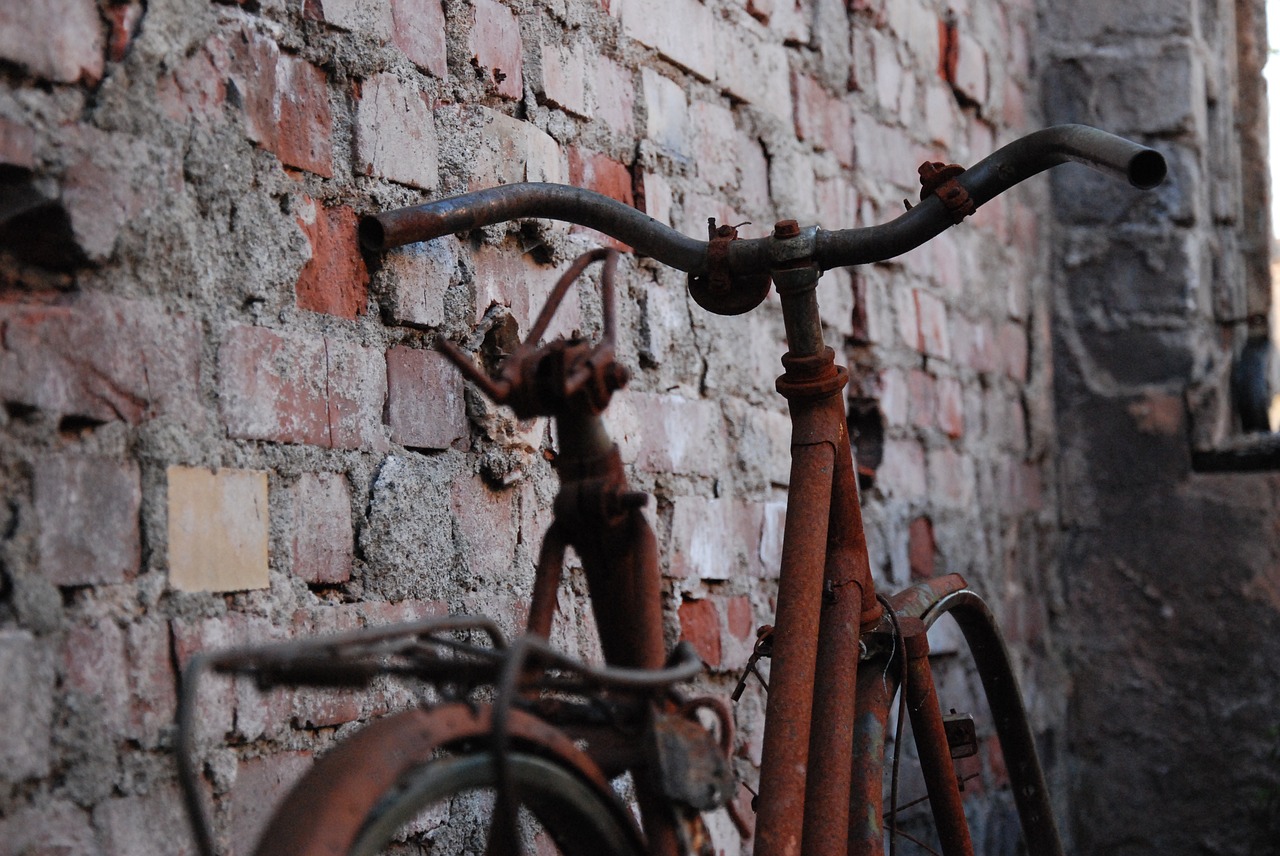
Rust and corrosion are obviously the enemies of the metal parts on your bike, lubrication fights against rust and prevents various parts from jamming, or to use the more technical term ‘freezing up’.
However, an important thing to remember here is that excessive lubrication can have an adverse effect on the functionality of your bike and can lead to a significant decrease in efficiency and sometimes damage. If you put too much lubrication on and drown your bike machinery you could have problems.
After you have applied lubrication to the target areas, always make sure you carefully wipe away any excess lube from those parts before going out on a ride. Only those moving parts of your bikes really require lubrication (that does not include your wheel rims or brake pads!).
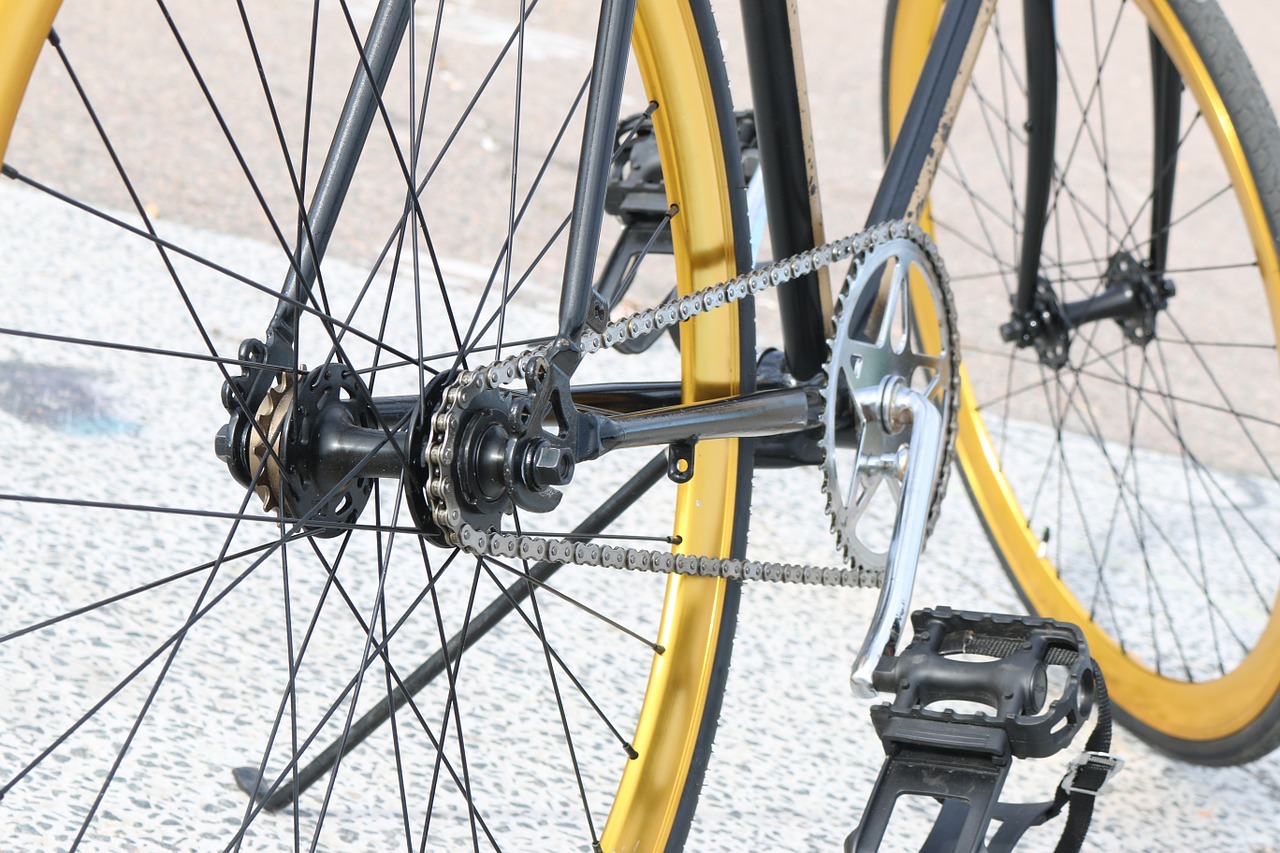
Invest some time and look out for the oil which is specifically made for bike parts and avoid using any oil, especially thick motor oil, to lubricate your bike. There are plenty of different brands to fit different budgets and your personal preferences.
Parts of bike that require Lubrication
The Chain: The chain does for a bike what neurons do for our brain: all the force that you are exerting towards your ride is transferred through the chain to other parts of the bike. Keeping the chain healthy and well lubricated is crucial for the overall smooth running of the bike, especially if you ride in rough, muddy terrain.
Derailleur and cog assemblies: These assemblies, both front and rear, are responsible for the movement of the chain between the gears when you shift gears. Derailleur assemblies consist of two small pulleys and a number of very small moving parts that support these pulleys. The lubricant is applied to these parts so that the pulleys don’t become rigid and immoveable.
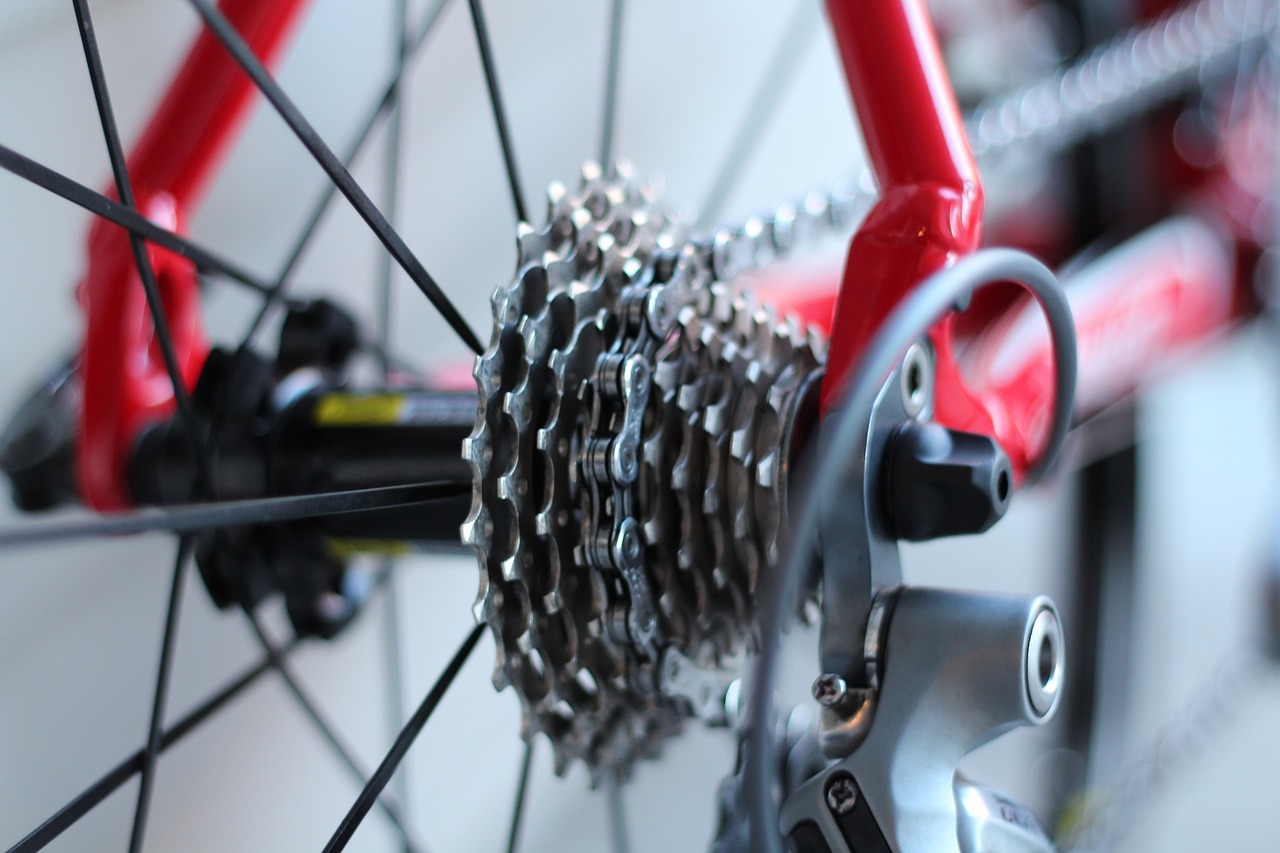
The best way to lubricate derailleur assemblies is to shift gears and move the pedals, this way all the moving parts will be visible, and you will know where to apply the lubricant. Don’t apply too much lubrication and use a rag to wipe away excess oil.
Brake and derailleur cables: When you are trying to shift gear or attempting to stop using your brakes, you are basically relying on the cables to execute these operations. If these cables seize up after becoming rusty from lack of adequate lubrication, it will be hard for you to make your bike stop or change gears smoothly.
This is potentially dangerous and needs to be avoided. Your best option is to frequently check that cables run smoothly and don’t show signs of rust, apply lubrication promptly to make sure everything is working well.
Shifter levers and brakes: Shifter levers and brake levers are located on the handlebars and are crucial for changing gears and braking. These levers don’t really require large quantities of lubrication, a few drops to the moving areas of the levers and to the barrel adjusters are enough to keep them functioning properly.
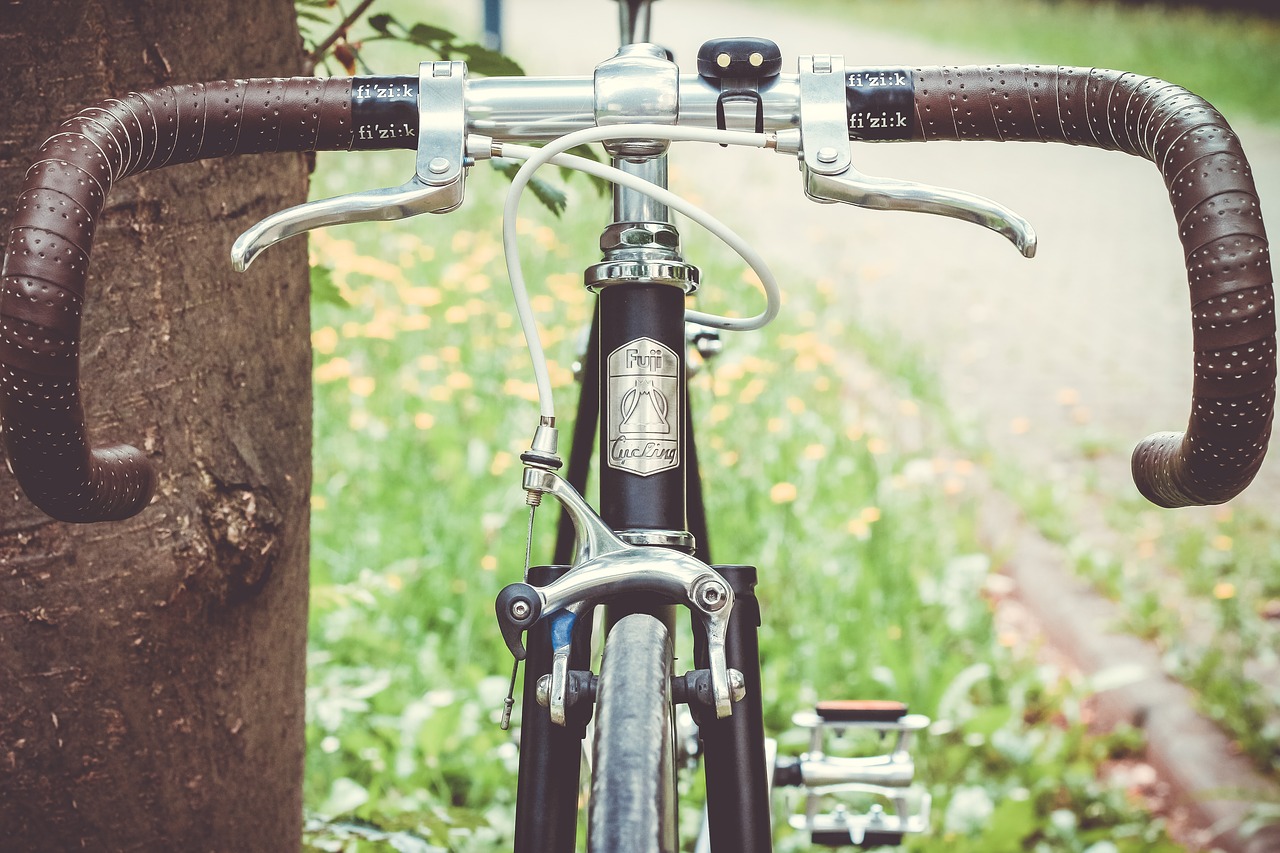
Brakes: There are a number of different braking systems used on bikes, but most of them have some moving parts, these should be lubed to make sure they move freely and braking is optimal. Be careful not to get any lube on any surface that is used for stopping your bike, such as the wheel rims, brake blocks, disks, pads, etc. These all rely on friction to work and if you lube them there’s no friction, and no friction means no brakes and no breaks means… Well, I’ll let your imagination figure that one out.
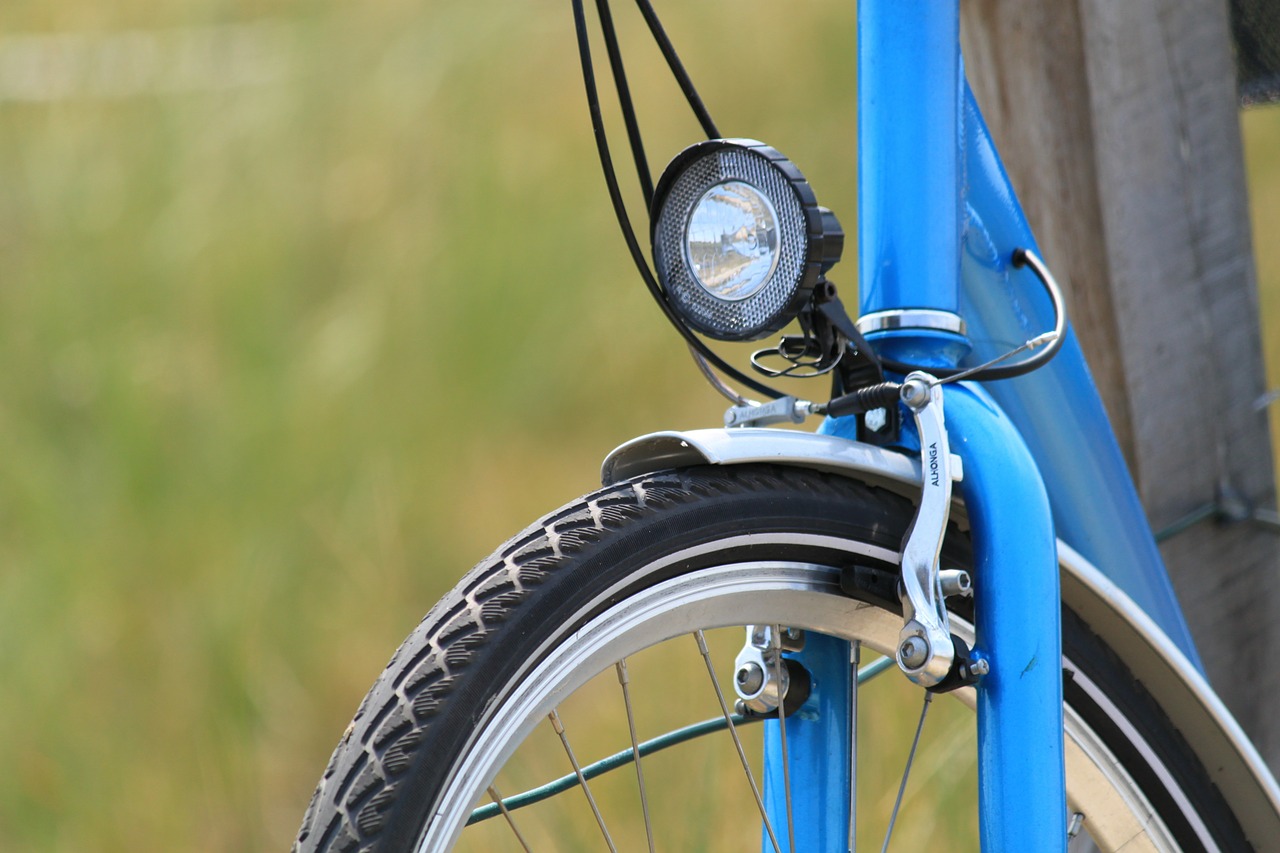
Pedals: it is possible to overlook pedals altogether, after all, you just put your feet on them and they work. However, pedals need lubrication just as much as other parts do. The best place to put a few drops of oil is where pedal meets the crankarm. Needless to say, that focus should be on the moving parts that rotate around the spindle and screw all the way into the crankarm.
If you have any comments then please drop us a message on our Outdoor Revival Facebook page
If you have a good story to tell or blog let us know about it on our FB page, we’re also happy for article or review submissions, we’d love to hear from you.
We live in a beautiful world, get out there and enjoy it.
Outdoor Revival – Reconnecting us all with the Outdoor





